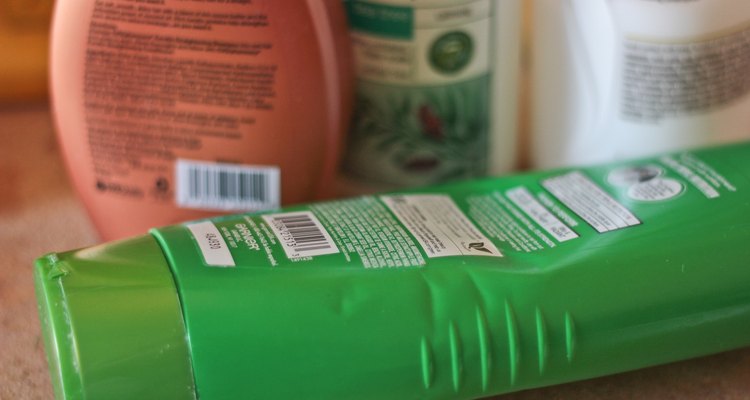
Give your hair a break from commercial shampoos and conditioners laden with chemicals that can leave a residue that can build up over time, causing your hair to appear dull and lifeless. Instead, opt for homemade, hair-friendly shampoos and conditioners filled with herbs and other organic ingredients that will leave your hair soft, shiny, and feeling like a million bucks.
Organic Herbal Shampoo
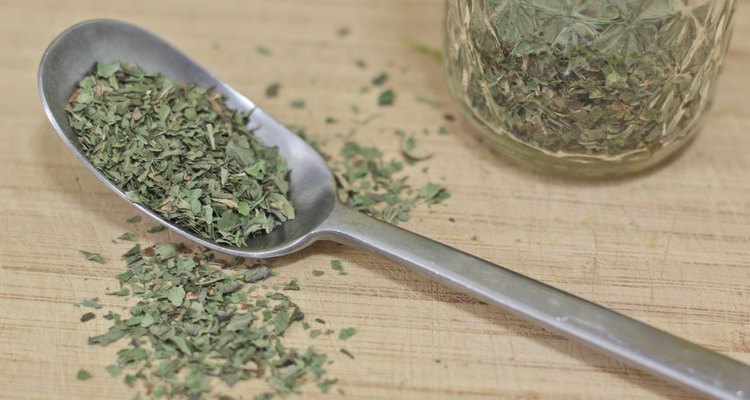
Place 1/4 cup fresh herbs in a clean, glass canning jar. Select organically-grown herbs that are suitable for your hair type. Comfrey root, orange blossoms or elder flower are good for dry hair. Try lemon grass or strawberry leaves if your hair is oily. Peppermint, rosemary, sage or nettle makes a good dandruff shampoo. Add shine with nettle, marigolds or raspberry leaves, or burdock root or marjoram for softness. Two tablespoons dried herbs can be used in place of fresh herbs.

Boil 1 cup of bottled water and pour the hot water over the herbs in the jar. Place a lid on the jar and allow the herbs to steep for 15 to 20 minutes.
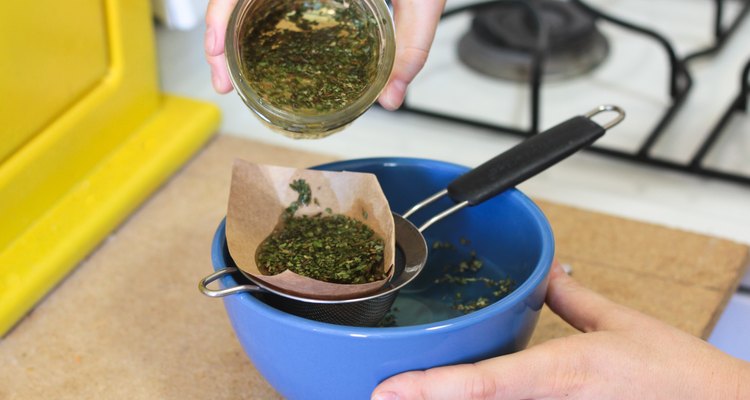
Place a paper coffee filter in a strainer and put the strainer over a bowl. Pour the contents of the jar through the strainer and discard the herbs or put them in your compost pile.
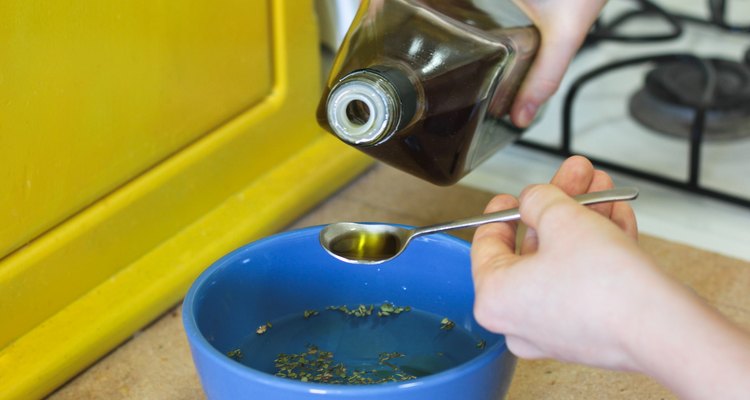
Stir in 2 tablespoons of liquid castile soap and 1 teaspoon of olive oil or sweet almond oil. Add two drops of scented essential oil of your choice, if desired. Use a funnel to pour the organic shampoo into a clean plastic bottle.
Honey and Olive Oil Conditioner
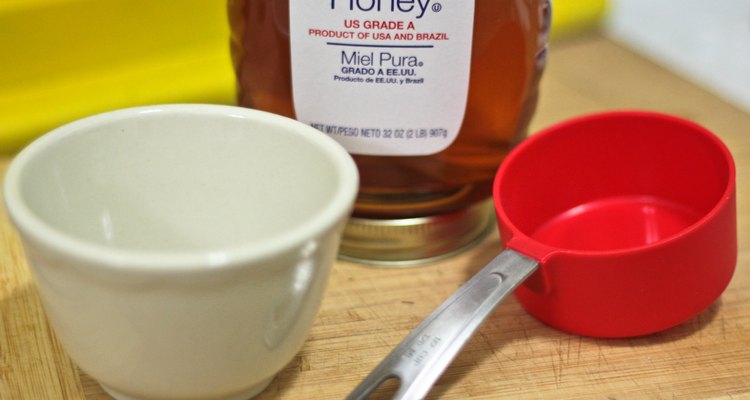
Place 1/2 cup organic honey in a microwave-safe bowl. Warm the honey for a few seconds to make it thin and easier to mix.
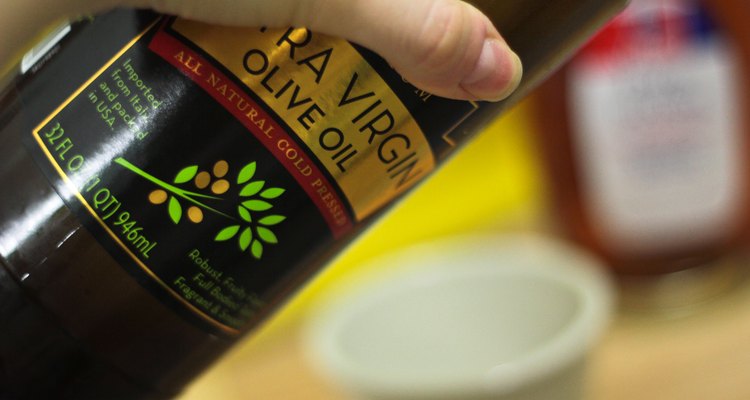
Stir 1 cup of extra-virgin olive oil into the honey. Stir well.
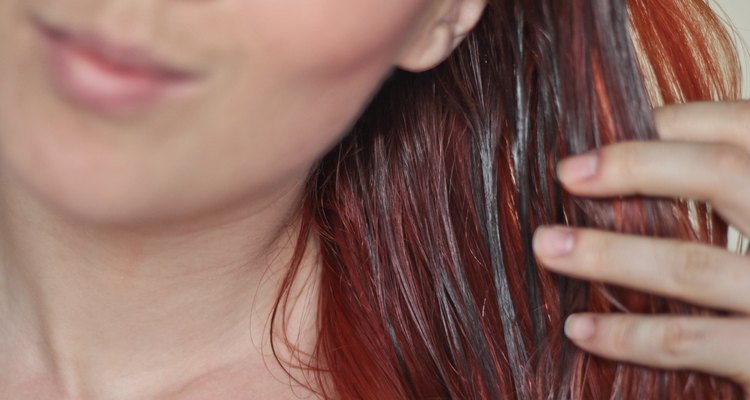
Massage the conditioner through your damp hair, beginning at the scalp and working to the ends of your hair. Pull your hair up on your head and cover your hair with a plastic shower cap.
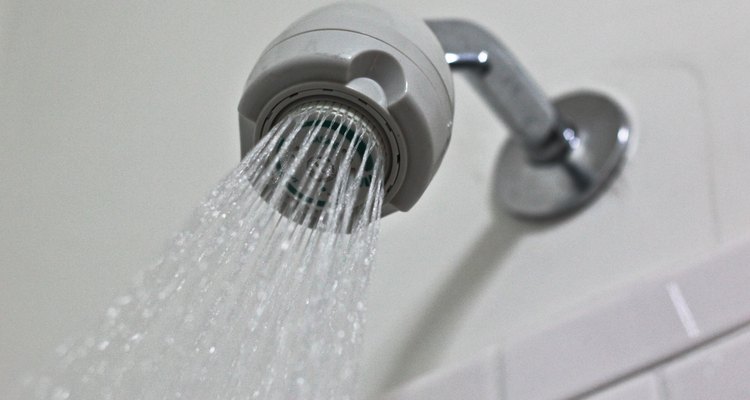
Allow the conditioner to remain on your hair for an hour. Rinse your hair and wash it lightly with the organic shampoo to remove all traces of oil and honey.
Related Articles
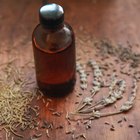
How to Make Ayurvedic Hair Oil
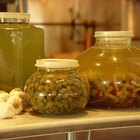
How to Make Seasoned Olive Oil

How to Use Sage to Combat Hair Loss

How to Make Calendula Tea

How to Use Cucumber To Make a Hair Rinse

How to Make Homemade Dead-Sea Salts ...

How to Make a Homemade Cleanser for ...
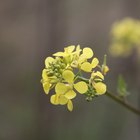
Dry Hair Treatment With Canola Oil

What Are the Treatments for Hair ...

Essential Oils That Make Hair Smell Good

Homemade Treatments to Make Hair Thicker

Hair Tips for Super Dry Hair

How to Remove Dandruff With Baking ...

How to Make Homemade Hair Mists

How to Moisturize Curly Extensions

How to Color Auburn Hair Dark Brown

How to Make Purple Hair Dye From Kool ...

How to Make Ayurvedic Hair Oil

How to Blanch Kale for Freezing

Homemade Natural Unscented Glycerin ...
References
Warnings
- Be sure to use canning jars, which are heat-tempered. Regular glass jars may break when you fill them with boiling water.
Writer Bio
M.H. Dyer began her writing career as a staff writer at a community newspaper and is now a full-time commercial writer. She writes about a variety of topics, with a focus on sustainable, pesticide- and herbicide-free gardening. She is an Oregon State University Master Gardener and Master Naturalist and holds a Master of Fine Arts in creative nonfiction writing.
Photo Credits
Maria Trujillo/Demand Media